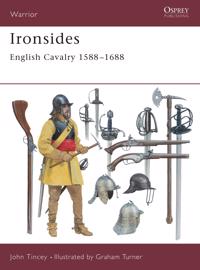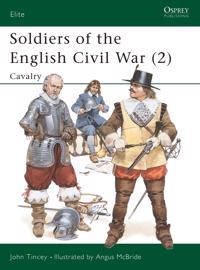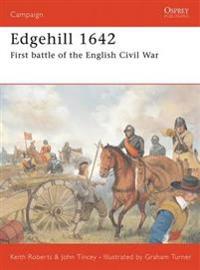Ironsides (Pocket)
avJohn Tincey, Graham (ILT) Turner, John Tincey
ISBN: 9781841762135 - UTGIVEN: 2002-03Many types of cavalryman are established in the imagination of the British public, but the Ironside retains his place as symbolic of the one occasion when the army took an active role in British politics. One reason is that he represents a unique period when ordinary people displaced the established[...]
Soldiers of the English Civil War (Pocket)
avJohn Tincey
ISBN: 9780850459401 - UTGIVEN: 1990-08Osprey's examination of the British cavalry during the English Civil War (1642-1651). In March 1642, King Charles I, believing that Parliament had gone too far when it issued the Grand Remonstrace, moved to arrest John Pym and four other leaders. That summer Parliament, fearing military action, trie[...]
Marston Moor 1644 (Häftad)
avJohn Tincey, Keith Roberts
ISBN: 9781841763347 - UTGIVEN: 2003-03This work shows that the entry into the English Civil War of the Scots on the side of Parliament radically changed the balance of power in the North of England. The Royalists were forced onto the defensive and the Marquis of Newcastle found his army besieged in York. Prince Rupert proposed a bold pl[...]
Edgehill 1642 (Häftad)
avJohn Tincey, Keith Roberts
ISBN: 9781855329911 - UTGIVEN: 200102The battle of Edgehill was the first major clash of the English Civil Wars, and the general belief in 1642 was that the developing tension between King and Parliament would be resolved in a single battle. On 23 October 1642 the Royalist and Parliamentary Armies met at Edgehill. Much of the Parliamen[...]






